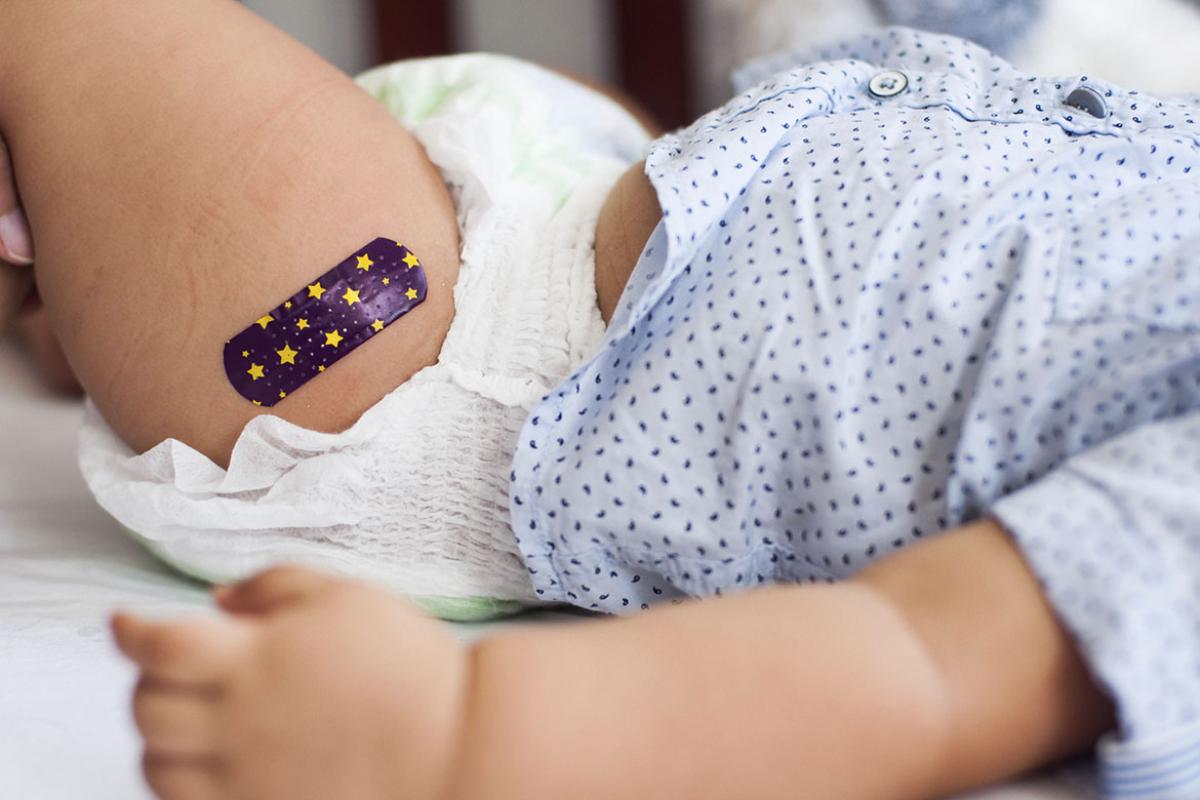Automated text messaging may be a viable way to improve patients’ outcomes after they have been discharged from the hospital—and it’s a solution that won’t burden already busy physicians and their staffs, according to a recently published study in JAMA Network Open™.
A 30-day automated texting program at a Philadelphia primary care practice that allowed patients to interact with their physician’s office—and physician if needed—reduced the odds of a patient needing to go back to the emergency department or be readmitted to the hospital by 41%, according to the study, published in the fall.
“This outcome was driven largely by a 55% decrease in the odds of 30-day readmission,” wrote Eric Bressman, MD, an internist and fellow in the National Clinician Scholar Program at Perelman School of Medicine at the University of Pennsylvania, and his co-authors.
“The mechanism through which this compound program prevents use of acute care is likely complex, but we theorize that more frequent check-ins and a lower friction medium for patient-initiated outreach led to earlier identification of needs and a greater likelihood that issues will be escalated to and handled by the primary care practice than another setting,” Dr. Bressman and his colleagues wrote.
Supporting telehealth is an essential component of the AMA Recovery Plan for America’s Physicians.
Telehealth is critical to the future of health care, which is why the AMA continues to lead the charge to aggressively expand telehealth policy, research and resources to ensure physician practice sustainability and fair payment.
Learn more about the AMA’s Return on Health framework to articulate the value of digitally enabled care.
How text check-ins help
The JAMA Network Open investigation, which ran between August 2020 and August 2021, compared results from two academic primary care practices in Philadelphia. The groups—just one floor apart in the same building—are both served by Penn Medicine primary care clinicians and staff and have similar patient populations.
A group of established adult patients at one practice received the usual transitional care management telephone call within two days after they were discharged from acute care hospitalization. The 953 patients in this group scheduled their post-discharge office visit during the call. If these patients didn’t answer the first call, a nurse made one more attempt. Any further outreach was up to the nurse’s discretion.
A group at the second practice received the same telephone call, but were also told about the texting program. These 604 patients received an introductory text on the day they enrolled that advised them how to reach out to the physician practice at any time. By text, the patients were asked if they had a follow-up appointment with their primary care physician or a specialist within the next two weeks. If they answered no, their response was sent back to the practice via the EHR indicating that the patient needed help coordinating an appointment.
Few patients opted out
The day after patients enrolled in the text messaging, they began getting automated check-in text messages from their primary care practices. This happened on a tapering schedule during the 30 days after they were discharged.
The texts asked whether the patient needed any help. If the answer was “yes,” the patient received a follow-up message asking them to categorize their need. They could respond, for example, “I don’t feel well” or “I need help with my medication.” The system then alerted the practice so someone could follow up with a phone call to the patient. The practice responded to these texts during business hours and responded within one business day.
Nearly 83% of patients responded to at least one of the introductory text messages, a “far higher” rate of response than traditional transition phone calls, study authors wrote. Only 8.6% of patients enrolled in the program opted out of it.



